The Jupiter Trojans – Asteroids That Keep Jupiter Company
Greek Hero’s Of The Trojan War
The Jupiter Trojans are two large groups of asteroids that share the Jupiter's orbit – one called the ‘Greeks’ (that move ahead of it in its orbit) and the ‘Trojans’ (the group that follows Jupiter). The two groups are located in curved elongated regions centred around one of Jupiter's two stable Lagrange points either 60° ahead of the planet in its orbit (L4 point), or 60° behind (L5 point). They are thought to be asteroids captured into their orbits during the initial phases of the solar system's formation.
Learn Interesting More Interesting Fun Facts About The Trojans!
- For a long time, it wasn’t known that there was such a thing as Jupiter trojan’s until the discovery in 1906 of 588 Achilles, was made by the German astronomer Max Wolf. Later many more were discovered around Jupiter’s L4 & L5 Lagrange points; evidence these were a separate class of asteroids from the main Asteroid belt.
- It soon became custom to name asteroids around Jupiter's L4 and L5 points after famous heroes of the Trojan War with asteroids in the L4 group (orbiting ahead of Jupiter) appropriately named after Greek heroes, and the asteroids at the L5 point are named after the heroes of Troy. However, two asteroids, one Greek and one Trojan were named in the wrong place before the rule was decided, this meant a Greek spy and a Trojan spy exist in each other’s groups! Isn’t that a cool fact?!
- As of May 2017, there has been a total of 6,515 Jupiter trojans discovered in both the Greek and Trojan groups.
- The asteroid 624 Hektor is the largest Jupiter trojan discovered (to date) with an average diameter of 203 km. Now that’s a big piece of rock!
- Wondering how many Jupiter trojans larger than 1 km in diameter there are? Well, it’s been estimated that there is about 1 million! This is about the same number of asteroids of that size in the asteroid belt, however, the total mass is calculated to be much less, only one-fifth of the asteroid belt.
- Jupiter trojans are thought to be dark bodies of irregular shape, there have even been some binary trojans discovered! There are so many strange things in Space!
- The trojans asteroids orbiting the Sun along Jupiter’s orbit are unique as they do not maintain a fixed distance from the planet, instead, they slowly librate periodically moving closer to Jupiter or further away.
- Jupiter isn’t the only planet to have trojan asteroids though, there have been ones observed near Mars and Neptune and recently NASA discovered that even Earth has one called 2010 TK7 which is only 300m in diameter!
- In early 2017 NASA announced that a mission to visit 5 Jupiter trojans called Lucy will launch in 2021. The space probe will first visit the trailing L4 Trojan cloud in 2027 (after a fly-by of a main-belt asteroid) followed by arriving at the asteroid 617 Patroclus located in Jupiter's L5 Trojan cloud in March 2033. I can’t wait to learn about what Lucy discovers!
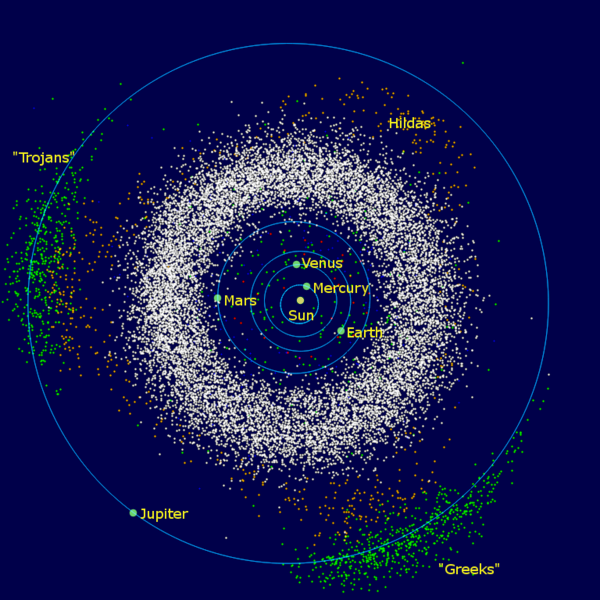
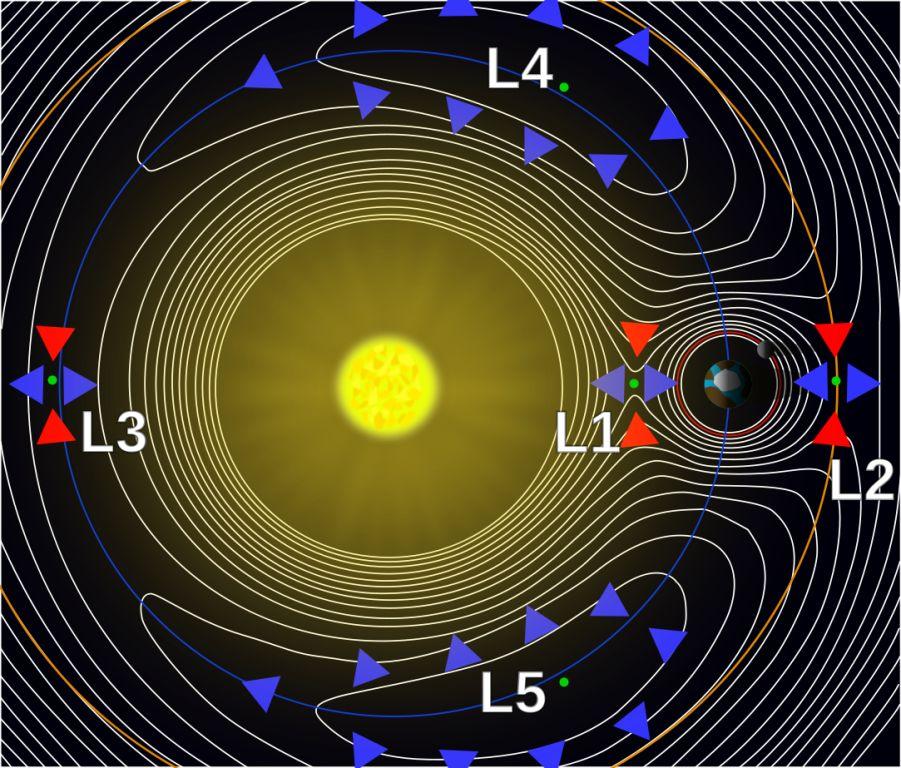
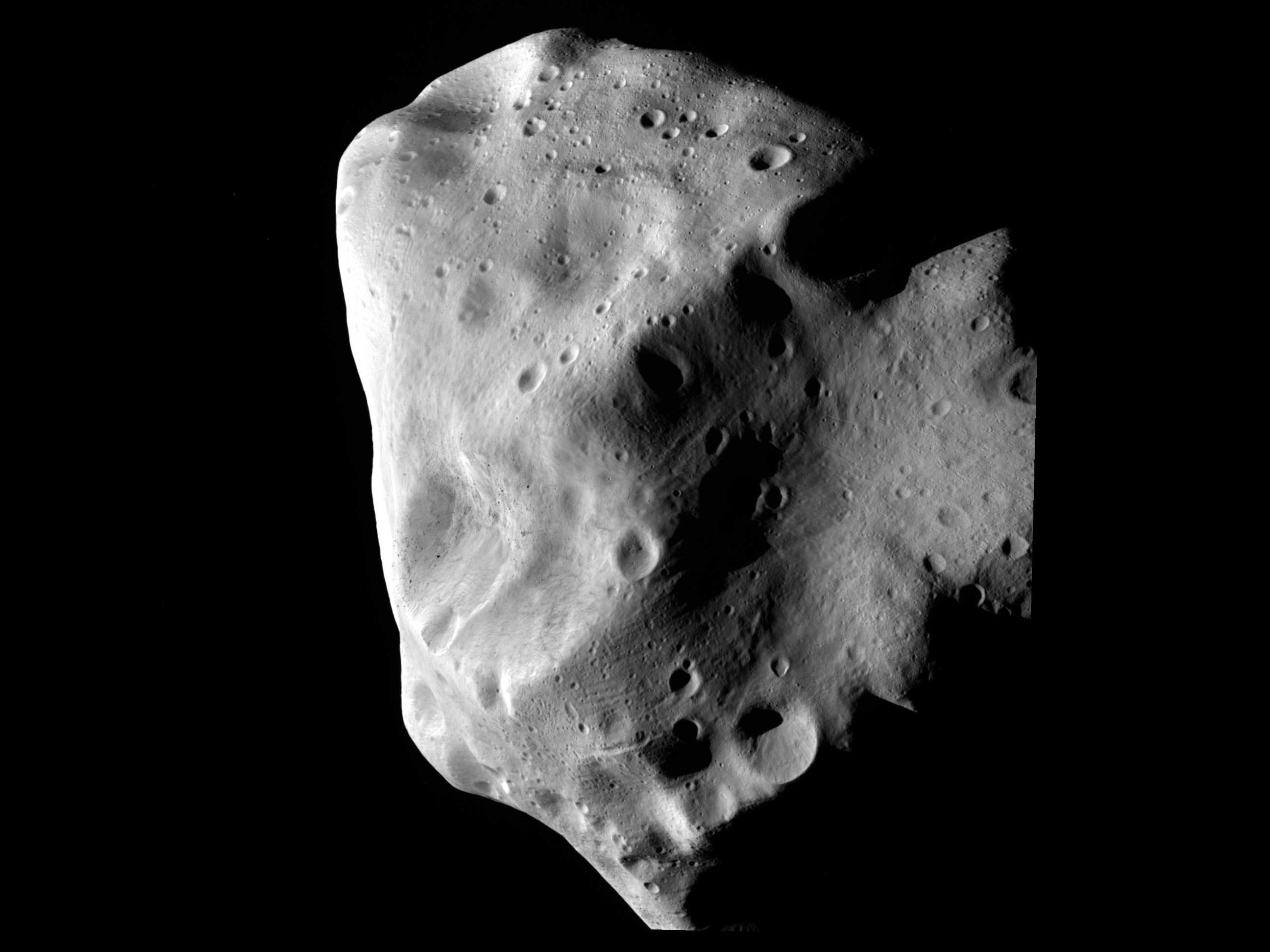
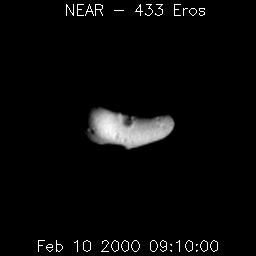
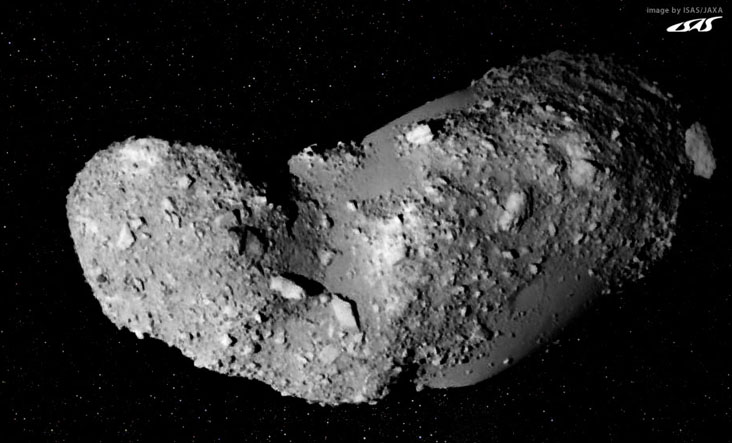
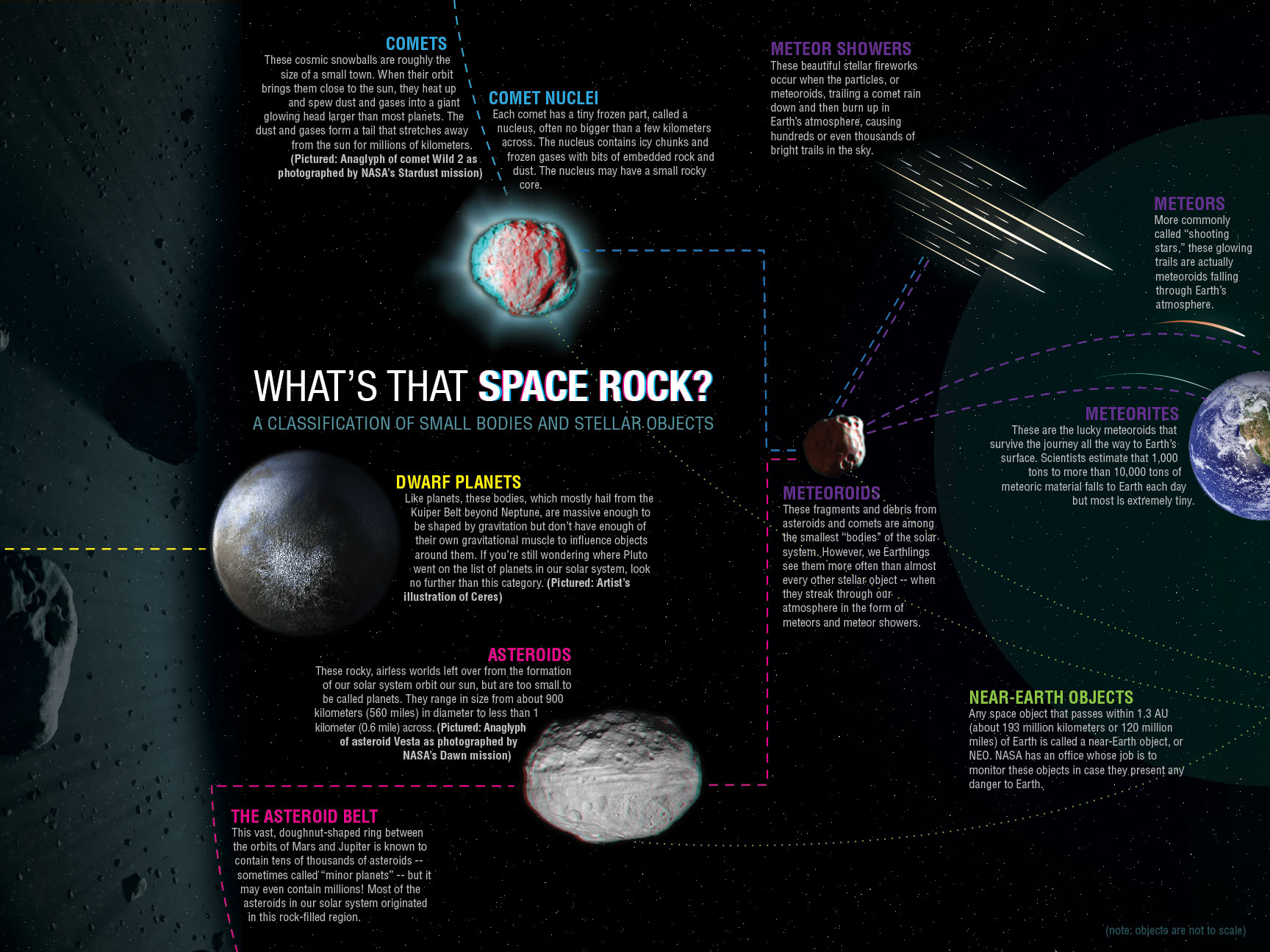
Inner Solar System Objects
Lagrange Points Gravity Potential
Asteroid Lutetia
433 Eros Rotation
Asteroid Itokawa
Space Rocks Infographic



